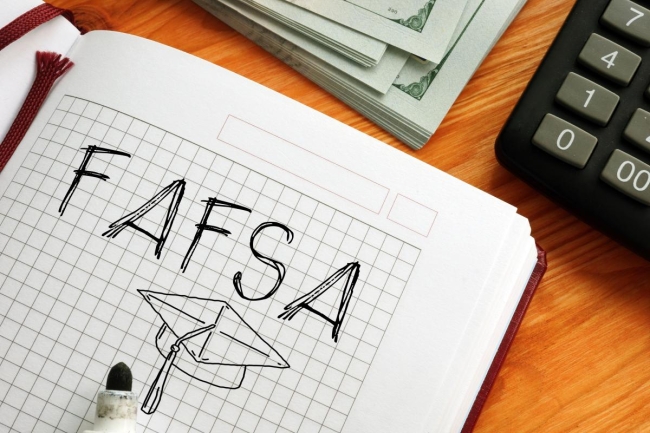You have /5 articles left.
Sign up for a free account or log in.

Andrii Dodonov/Getty Images
Each year, millions of students who receive federal financial aid are required to undergo an additional review of their financial information by the Department of Education called verification, a process that has proven to be burdensome for both students and institutions. But the department could ease that burden by modifying some of its own processes, according to a recent report from the National College Attainment Network and the National Association of Student Financial Aid Administrators.
“Through properly placed algorithms and targeting, it is possible for Federal Student Aid to continue to decrease the number of students who are selected while still showing responsibility over tax dollars,” said Carrie Warick, director of policy and advocacy at NCAN.
Verification is used by the department to root out fraud and prevent improper payments of federal aid dollars. It requires a portion of federal student aid applicants who are eligible for Pell Grants to submit additional documentation—such as income tax returns, W2 statements and 1099 forms—to verify their income and other information reported on their Free Application for Federal Student Aid.
For the first three quarters of the 2021–22 FAFSA filing cycle, 17 percent of applicants—or nearly 2.2 million students—were selected for verification, a decrease of 10 percentage points from the 2018–19 cycle. Still, the percentage of Pell Grant–eligible students who are selected for verification remains high, placing the burden largely on students from low-income backgrounds, many of whom are students of color, according to the report.
Evidence has shown that verification can even keep students from enrolling in college if they’re unable to complete the process, said Jill Desjean, a policy analyst at NASFAA, underscoring the importance of reducing that burden. And institutions can feel the strain, too—a survey conducted by NASFAA found that one in five financial aid administrators spend at least half of their time processing verification requests.
The department temporarily changed its verification process for the 2021–22 application cycle due to the COVID-19 pandemic so that it was more targeted, focusing only on identity theft and fraud. But it announced in September that the process would be returning to normal for the 2022–23 application cycle, a decision that both NCAN and NASFAA opposed, given that “all of the reasons that ED cited for offering these waivers previously will continue to exist next year,” said Justin Draeger, president and CEO of NASFAA.
While it’s not an easy process, verification is necessary and will continue to exist in some form, said Desjean.
“It does make sense to do something, especially to protect federal Pell Grant dollars, which aren’t paid back,” Desjean said. “If we didn’t have a verification process, it would just open the door to fraud.”
But that doesn’t mean the process itself has to remain as it is. About 400 financial aid administrators and college access and success advisers responded to an online survey about proposed solutions for improving the FAFSA verification experience for both students and institutions. NCAN and NASFAA also held listening sessions with several dozen professionals to further discuss the possible solutions.
The organizations presented participants with 12 possible solutions, including using data from the Internal Revenue Service to confirm nonfiler status for parents or independent students, requiring all institutions to use a standard verification form template developed by the department, and excluding from selection continuously enrolled students who completed verification the previous year. The majority of respondents believed all 12 of the solutions would be “very helpful” or “somewhat helpful” to undergraduate students.
NASFAA and NCAN ultimately developed two recommendations for the department based on broad consensus from respondents: the department should better leverage existing federal data and modify the verification selection algorithms to be more targeted.
The FUTURE Act, signed into law in 2019, and the FAFSA Simplification Act, which became law at the end of last year, would enable data sharing between the IRS and the department, allowing existing data to be used in the verification process. But those two laws have yet to be implemented by the department.
In changing how its algorithm selects students for verification, the department can focus on students who are likely to have changes to their expected family contribution (EFC) while excluding FAFSA filers who transferred information directly from the IRS or who have already completed verification in the previous year with no significant change to their EFC.
“There are groups of students that probably just don’t need to have to prove again that they’re poor,” Desjean said. “There are certain things you can tell from looking at a person’s tax return or looking at other demographic factors about them, and it’s pretty clear that there isn’t much of a way to lie about what they’re doing.”
The recommendations are meant to be mostly viewed as long-term solutions, said Warick, though some of them could be implemented immediately—such as in time for the next FAFSA filing cycle.
“We see we need to have a long-term conversation that is not just about pandemic relief but about the longer-term process,” Warick said.




